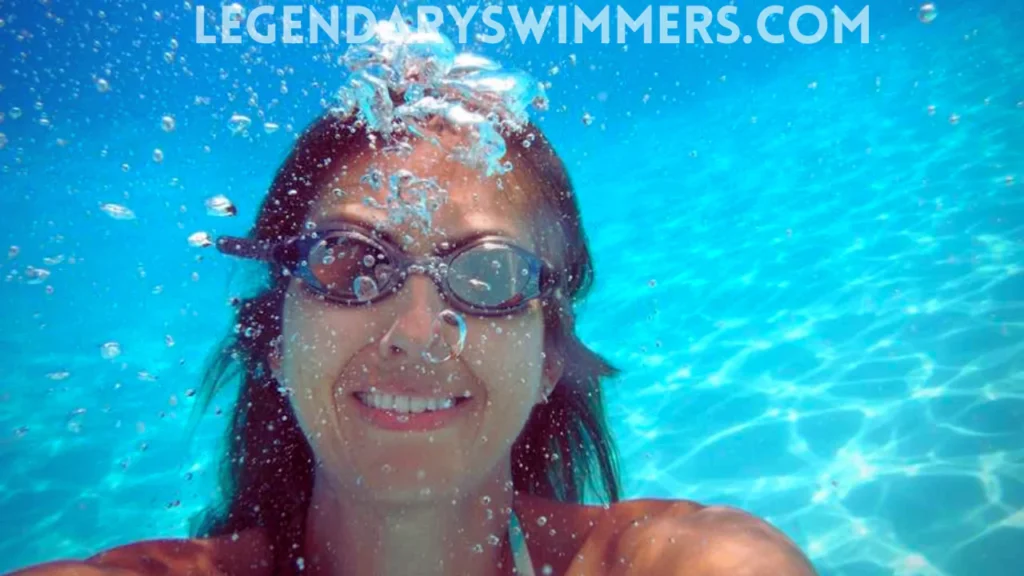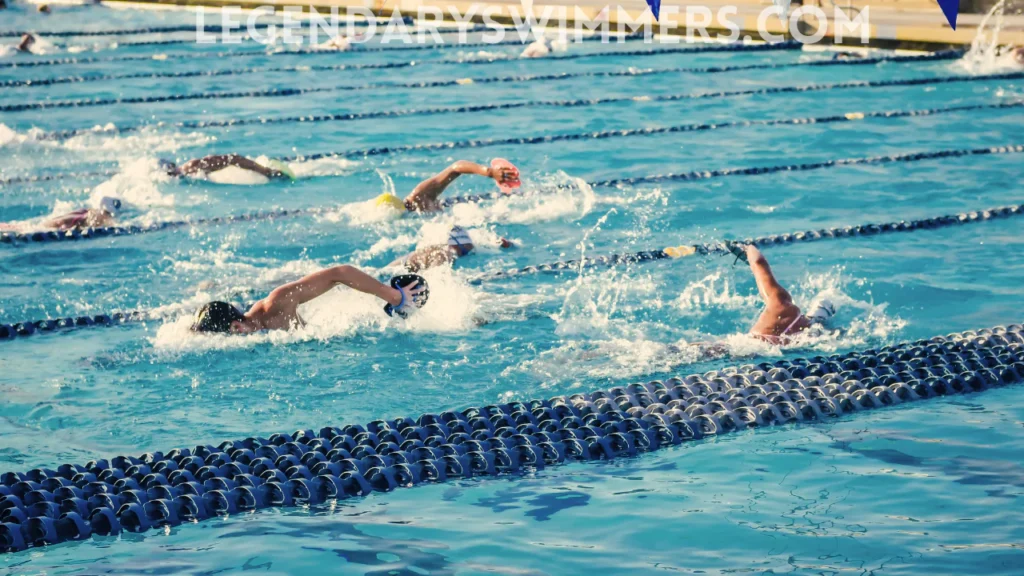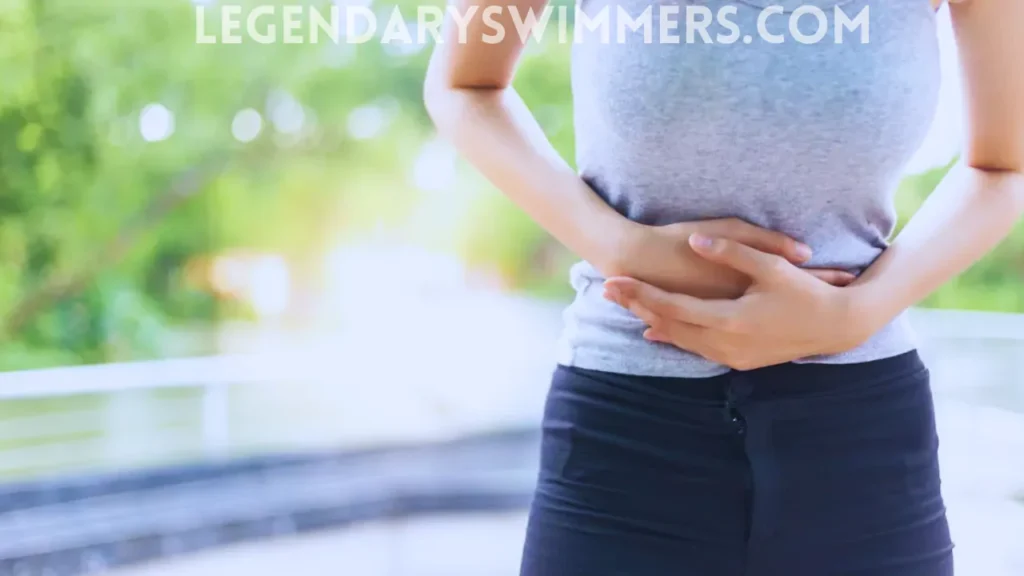What Is A Swim Vest? Pros, Cons and Types| Complete Guide
Swim vests are popular flotation aids that help users stay afloat while learning to swim or enjoying water activities. Whether for a child, adult beginner, or training use, knowing how they work and what types are available can help you choose the right one. This guide covers everything from how swim vests function to their pros and cons, comparisons with other flotation devices, and tips for selecting the best option for different age groups and needs. What Is A Swim Vest And How Does It Work? A swim vest is a wearable flotation device that provides moderate buoyancy to assist individuals in the water. Unlike life jackets, which prioritise safety and are designed to keep the head above water in emergencies, swim vests are tailored for learning and comfort. They support movement and help users practice swimming techniques. The U.S. Coast Guard reports that 84% of drowning victims in recreational boating accidents were not wearing a life jacket Key Purposes of a Swim Vest: Learning aid: Builds confidence and supports skill development Transitional tool: Bridges the gap between full flotation support and independent swimming Safety supplement: Adds extra protection in supervised environments Training support: Encourages correct body positioning and technique Studies indicate that life jacket usage can reduce fatalities by up to 80% in boating accidents . How Swim Vests Work Swim vests use buoyant materials—such as foam panels or air chambers—to displace water and create lift, helping the wearer stay afloat. Key features include: Buoyancy distribution: Evenly spread around the torso to support a natural swimming posture Material design: Made from flotation materials that ensure consistent buoyancy Body alignment: Maintains a horizontal position in the water, rather than an upright stance Adjustable support: Some models allow for reduced buoyancy as skills improve Types of Swim Vests Swim vests come in various designs, each serving specific purposes and age groups. Understanding the different types can help you select the most appropriate option for your needs. By Age Group Infant Swim Vests (0-2 years) Designed for the youngest water enthusiasts, infant swim vests typically feature: Head support to keep the baby’s face above water Higher buoyancy to compensate for an infant’s lack of body control Crotch straps to prevent the vest from riding up Grab handles to allow adults to guide and support the infant Bright colors and sometimes cartoon characters Important note: Infant swim vests should NEVER be considered a replacement for constant adult supervision. Infants must always be within arm’s reach of a responsible adult regardless of what flotation device they’re wearing. Toddler Swim Vests (2-4 years) Toddler swim vests are designed for young children who are beginning to develop body awareness but still require significant buoyancy assistance: Simplified designs that are easier to put on active toddlers Secure closures that toddlers cannot easily unfasten Buoyancy focused on the front to help maintain a forward-leaning swim position Often include character designs to make them appealing to young children Some models incorporate removable floats to adjust buoyancy as skills develop Kids Swim Vests (4-12 years) As children grow and develop more swimming ability, their swim vest needs change: Less restrictive designs to allow greater range of motion Adjustable buoyancy options to accommodate growing skills More “grown-up” appearances that older children won’t resist wearing Streamlined profiles that allow for proper swimming movement Larger size ranges with adjustment points to fit growing bodies Adult Swim Vests Adult swim vests serve both beginner swimmers and those looking for training assistance: Higher weight capacity buoyancy systems More understated, functional designs Advanced adjustment systems for proper fit Options specifically designed for swimming training Specialized versions for different water activities (snorkeling, water aerobics, etc.) By Material and Construction Foam Swim Vests Traditional and still very common, foam swim vests use closed-cell foam panels to provide buoyancy: Reliable buoyancy that doesn’t depend on inflation Generally more affordable than other types Durable and resistant to punctures May be bulkier and less comfortable than other options Often covered with nylon or polyester fabric for comfort and durability Inflatable Swim Vests These vests use air chambers to provide buoyancy and can be inflated or deflated as needed: Adjustable buoyancy levels by adding or removing air More compact when deflated for easy storage and travel Usually lighter weight and less bulky when worn Risk of puncture or air leakage May require regular inflation checks before use Neoprene Swim Vests Made from the same material as wetsuits, neoprene swim vests offer comfort and flexibility: Soft, flexible material that moves with the swimmer Natural thermal properties that provide warmth in cooler water Usually more comfortable for extended wear Often more expensive than basic foam models Typically more stylish and appealing to older children and adults Hybrid Swim Vests These combine different materials and buoyancy systems for optimized performance: May use foam panels in critical areas with neoprene for comfort Some incorporate both fixed foam and adjustable air chambers Often feature strategic buoyancy placement for ideal body positioning Usually represent higher-end options with advanced features Can offer the best combination of reliability and comfort By Specific Purpose Learning Swim Vests Specifically designed to help beginners learn swimming techniques: Buoyancy positioned to encourage proper body position Often feature graduated buoyancy that can be reduced as skills improve May include removable floats or adjustable components Designed to work with structured swimming lessons Focus on allowing natural swimming movements while providing security Recreational Swim Vests Made for casual pool or beach use rather than formal swimming instruction: Emphasis on comfort and enjoyment Often include fun designs, colors, or character themes Easy to put on and take off Suitable for supervised water play Balance between safety and freedom of movement Training Swim Vests Used by more advanced swimmers to improve technique or provide resistance: May have adjustable buoyancy for progressive training Some designs add resistance to build swimming strength More technical features for specific stroke training Usually more streamlined and performance-oriented Often used in swim training programs Special Needs Swim Vests Designed for individuals with physical or
What Is A Swim Vest? Pros, Cons and Types| Complete Guide Read More »











